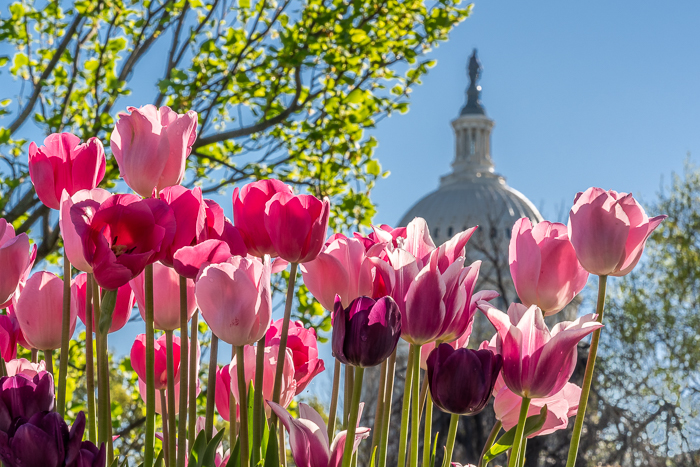A Photographer’s Vision - Tips for Pre-Visualizing
April 21, 2021 by Marie Joabar
Each photographer has a vision of what they want their photo to look like either before they start shooting or once they see their images in post processing.
Pre-visualization is seeing the finished photo in your mind’s eye before you begin photographing. It is a helpful technique giving you a goal to achieve and working through the challenges you might face while shooting.
Consider these things as you pre-visualize:
- Where - Think about your location and when you can access it and photograph there.
- When - When is the light or lighting conditions going to be best for your particular vision?
- When will it be least crowded if you don’t want people in the shot, or more crowded if you do. - What weather conditions will be best to help you achieve this? Fog, clouds, a passing storm, a clear day, etc.
- What lenses will help you meet this goal? Something for a tight crop with a longer focal length, or a wider range, maybe a macro?
- What gear will you need? Tripod, filters, reflectors, etc
- Have a back-up plan. In case your previsualize won’t work when you get to your location. Maybe the location is closed, or there is construction or it clouds up when you need sun or vise versa or the model doesn’t show up, etc. What else can you do or where else can you go (hopefully nearby) to come away with compelling images.
 For example, with a vision of a shot I want with tulips framing the Capitol building, this would be my previsualization list.
For example, with a vision of a shot I want with tulips framing the Capitol building, this would be my previsualization list.
Where would I go for this - US Botanical Gardens has plenty of spots to frame this shot. If the Capitol grounds weren’t fenced in, that too provides many spots to get low and frame w tulips.
When - The lighting conditions for this shot are good in early morning and also late afternoon. I decide on morning as the air is fresh, there may be dew on the flowers (which would add more visual interest) and there are fewer people to have to work around.
For lenses I decide a wide to normal lens will work best. I want a landscape shot with the flowers AND the Capitol both sharp, and a longer focal length won’t give me that. It will be easier to do with a lens in the range of 24-70 as these lenses give a greater depth of field than longer ones.
As an option, I could take a macro shot to use after I get my previsualized shot.
For Gear Since I want a lot of depth of field and I know I’ll be getting close to my foreground flowers, I’ll need to use f11 or 16. I may also need to bracket as I’ll have a wide range of tones, from deep shade to a bright sky so a tripod will be essential.
I may also take a split ND filter to darken the sky and a circular polarizer to remove any glare on the foliage leaves.
Once I’m at the location, I’ll walk around the area and find a spot with the freshest group of flowers and other framing elements I can use. I’ll photograph from several spots all the while keeping the photo in my mind’s eye as my goal. Once I have that shot I’ll shoot spontaneously and look for other treasures in the area.
 I often think of PV as a self-imposed assignment. This isn’t to say that spontaneity isn’t good. Many times, not planning leads to compelling images and it also gives us the freedom to think thru a shot on the spot. However, if you have a specific shot in mind, try these tips to previsualize it and see how you like it.
I often think of PV as a self-imposed assignment. This isn’t to say that spontaneity isn’t good. Many times, not planning leads to compelling images and it also gives us the freedom to think thru a shot on the spot. However, if you have a specific shot in mind, try these tips to previsualize it and see how you like it.
Here in the Washington DC area springtime is absolutely amazing and one of the prettiest areas in the country. You could go in any direction on just about any day and find something to beautiful to photograph. But where ever you are, put some thought into what images you want to have in your collection and make some plans to reach those goals.
